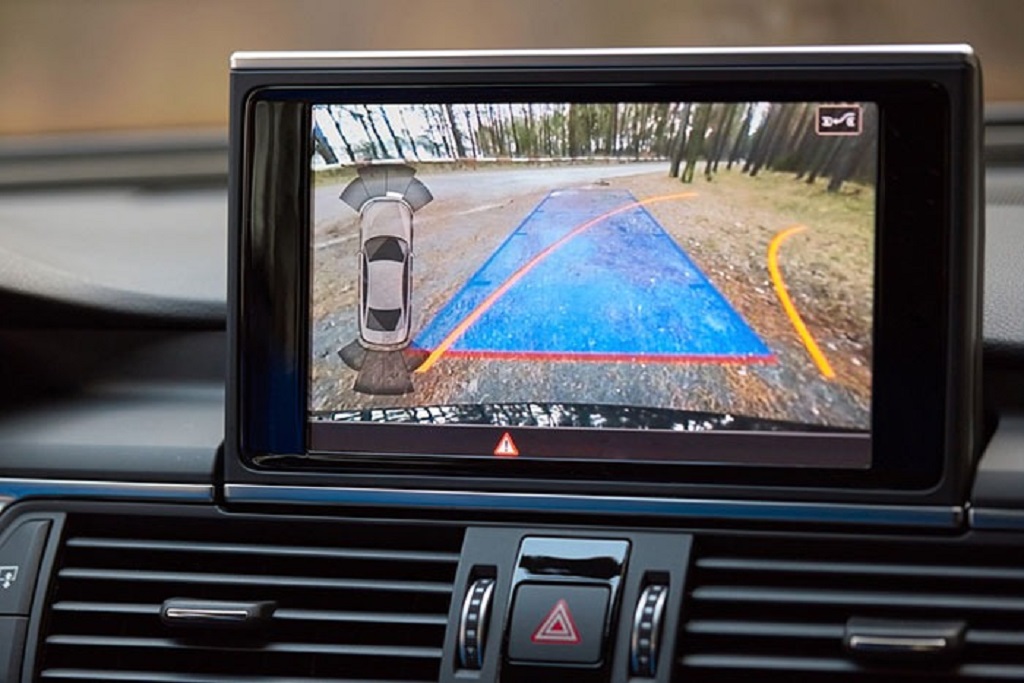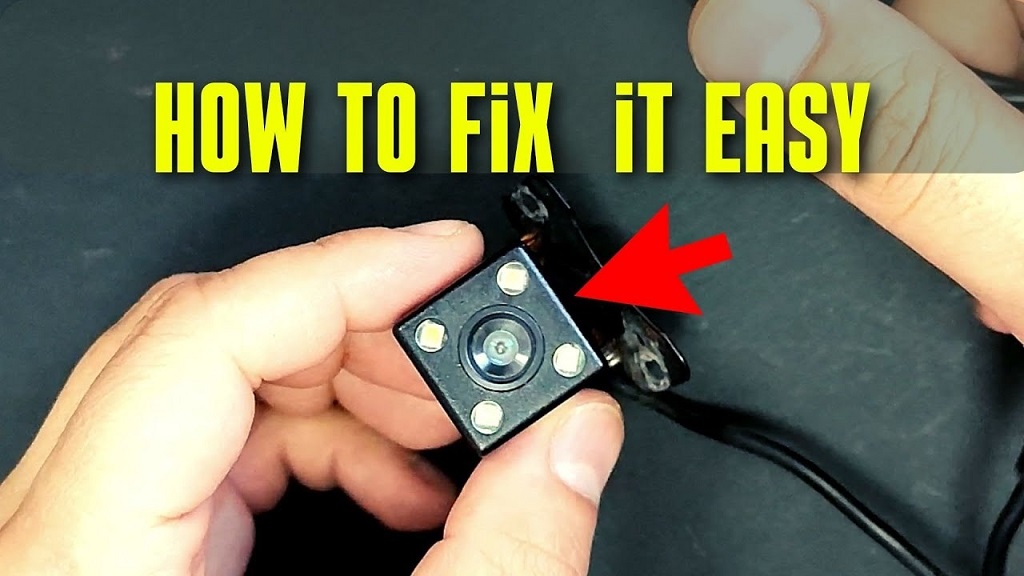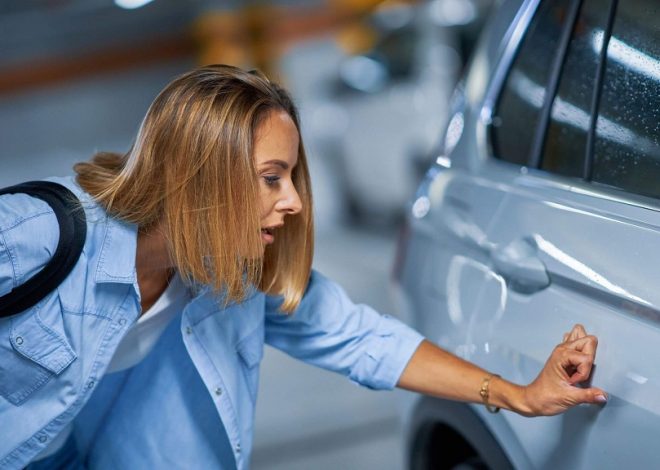
How to Fix Your Car Camera: A Comprehensive Troubleshooting Guide
How to Fix Your Car Camera
Car cameras, or dashcams, have become increasingly popular for their ability to record accidents, capture scenic drives, and even deter theft. But like any piece of technology, they can encounter issues. Whether your camera is refusing to turn on, recording blurry footage, or experiencing storage problems, this guide will help you troubleshoot and fix common car camera problems.
Before You Start:
- Check your user manual: Your camera’s manual is the best resource for troubleshooting specific issues. It often includes detailed instructions and diagrams.
- Safety first: Always disconnect your camera from the power source before working on it.
- Be gentle: Avoid applying excessive force when handling the camera and its components.
Read More Also: Shifting Gears: The Ultimate Guide to Buying an Electric Vehicle
Common Car Camera Problems and Solutions:
- Camera Won’t Turn On
- Power Supply:
- Check the connection: Ensure the camera is properly plugged into the cigarette lighter socket or hardwired to the fuse box.
- Test the power source: Use a different device to verify the socket or fuse is working correctly.
- Inspect the cable: Look for any damage or fraying in the power cable. If found, replace the cable.
- Internal battery: Some cameras have internal batteries. If yours does, try charging it directly using a USB cable.
- Camera Malfunction:
- Reset the camera: Most cameras have a reset button. Press and hold it for a few seconds to restore factory settings.
- Check for firmware updates: Outdated firmware can cause issues. Visit the manufacturer’s website to download and install the latest updates.
- Blurry or Poor Quality Footage
- Lens Obstruction:
- Clean the lens: Use a soft, microfiber cloth to gently wipe away any dirt, smudges, or fingerprints.
- Check for obstructions: Ensure the camera’s view isn’t blocked by stickers, mounts, or other objects.
- Camera Settings:
- Adjust resolution: Higher resolution settings produce clearer footage but require more storage space.
- Adjust frame rate: A higher frame rate captures smoother video, especially during fast-paced driving.
- Check exposure settings: Adjust the exposure if the footage is too dark or too bright.
- Environmental Factors:
- Condensation: If the camera lens is fogged up, try using a desiccant pack to absorb moisture.
- Extreme temperatures: Extreme heat or cold can affect the camera’s performance. Park in the shade or use a sunshade to protect the camera from direct sunlight.
- Storage Problems
- Insufficient Storage:
- Use a larger capacity SD card: Upgrade to a higher capacity card to store more footage.
- Enable loop recording: This feature overwrites the oldest footage when the card is full, ensuring continuous recording.
- SD Card Issues:
- Format the SD card: Formatting the card erases all data and prepares it for use in the camera.
- Check for errors: Use your computer to check the SD card for errors and repair them if possible.
- Replace the SD card: If the card is damaged or corrupted, replace it with a new one.
- GPS Issues
- Obstructed Signal:
- Ensure clear view of the sky: GPS signals can be blocked by buildings, trees, or other obstacles.
- Relocate the camera: Try mounting the camera in a different location with a better view of the sky.
- Antenna Problems:
- Check the connection: If your camera has an external GPS antenna, ensure it’s securely connected.
- Replace the antenna: If the antenna is damaged, you may need to replace it.
- Wi-Fi Connectivity Problems
- Distance from Camera:
- Stay within range: Ensure your phone or tablet is within the camera’s Wi-Fi range.
- Remove obstacles: Walls and other objects can interfere with the Wi-Fi signal.
- Camera Settings:
- Check Wi-Fi password: Ensure you’re entering the correct password for the camera’s Wi-Fi network.
- Reset Wi-Fi connection: Try resetting the camera’s Wi-Fi connection and reconnecting your device.
- App Issues:
- Update the app: Ensure you’re using the latest version of the camera’s mobile app.
- Reinstall the app: If the app is malfunctioning, try uninstalling and reinstalling it.
- Camera Overheating
- Direct Sunlight:
- Use a sunshade: A sunshade can help to deflect sunlight and prevent the camera from overheating.
- Park in the shade: Whenever possible, park your car in the shade to reduce heat buildup.
- Ventilation:
- Ensure proper airflow: Make sure the camera has adequate ventilation and isn’t blocked by any objects.
- No Sound Recording
- Microphone Settings:
- Check microphone is enabled: Ensure the microphone is turned on in the camera’s settings.
- Adjust microphone sensitivity: Increase the sensitivity if the recorded sound is too quiet.
- Microphone Malfunction:
- Test the microphone: Try recording a video in a quiet environment to see if the microphone is working.
- Contact support: If the microphone is faulty, you may need to contact the manufacturer for repair or replacement.
- Time and Date Incorrect
- Set Time and Date:
- Manually adjust settings: Access the camera’s settings menu to manually set the correct time and date.
- Enable GPS time synchronization: If your camera has GPS, enable this feature to automatically synchronize the time and date.
Preventing Future Problems:
- Regular Maintenance:
- Clean the lens regularly: Keep the lens free of dirt and smudges for optimal image quality.
- Format the SD card periodically: This helps to prevent errors and ensure smooth recording.
- Check for firmware updates: Install the latest firmware to improve performance and fix bugs.
- Proper Handling:
- Avoid dropping the camera: Handle the camera with care to prevent damage.
- Store properly: When not in use, store the camera in a protective case to prevent dust and scratches.
When to Seek Professional Help:
If you’ve tried all the troubleshooting steps and your camera is still not working, it may be time to seek professional help. Contact the manufacturer’s customer support or take your camera to an authorized service center.
By following these tips, you can troubleshoot and fix many common car camera problems yourself. However, always remember to prioritize safety and consult the user manual or seek professional assistance when needed.




